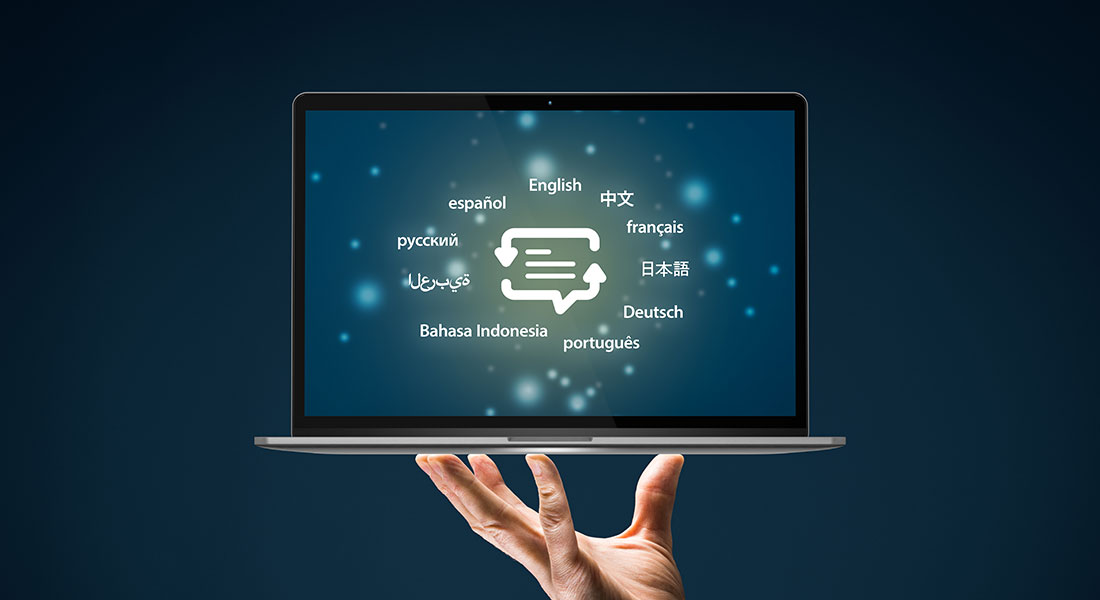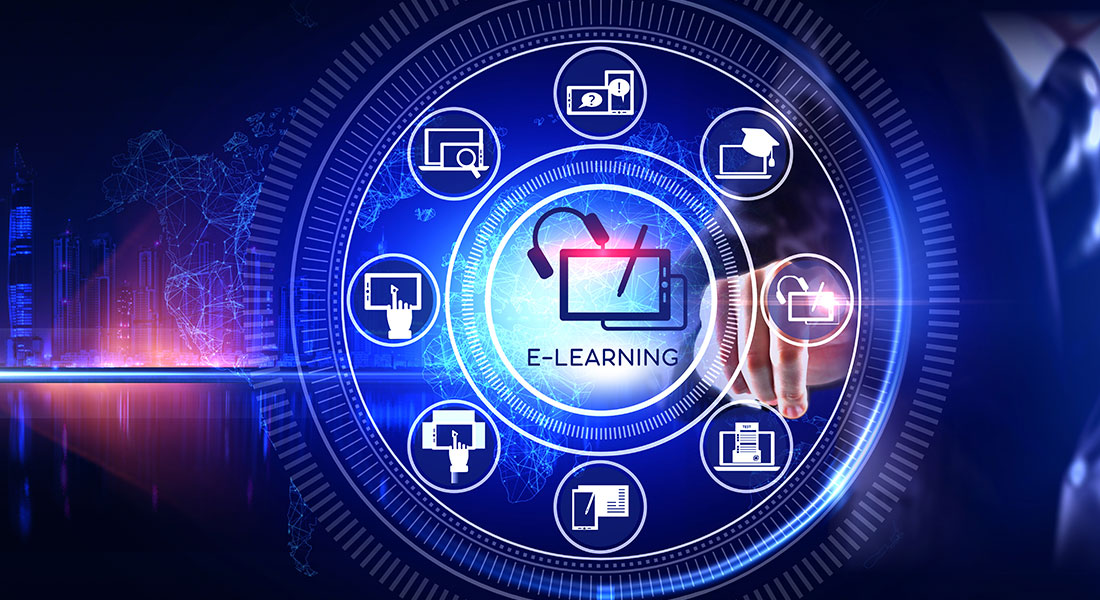Why Rapid eLearning and Microlearning are the Future of Corporate Training
Rapid eLearning and Microlearning are exponentially transforming the future of eLearning. This blog shares a few insights about their importance, their future, and the best practices to implement them as a powerful duo to enhance the quality of corporate training.

Learning has come a long way from the traditional classroom setting. With the advent of technology, learners now have access to more flexible and convenient modes of learning. Rapid eLearning and Microlearning are two such forms of learning that have gained popularity in recent years. In this blog, we will discuss the differences between Traditional Learning and these modern eLearning methods and the importance of these forms of learning. This blog also talks about the future of corporate training with Rapid eLearning and Microlearning, and how to implement these forms of learning.
Rapid eLearning and Microlearning are a Powerful Duo!
Here are a few best practices to follow while implementing them –
- Identify learning goals
- Keep it short and engaging
- Use interactive elements
- Make it readily accessible
- Measure learning outcomes
Read on to know their importance for effective corporate training.
Traditional Learning vs Rapid eLearning and Microlearning
Traditional Learning refers to the conventional classroom setting where learners attend training sessions physically and are taught by instructors. On the other hand, Rapid eLearning is a form of learning that uses digital technology to create and deliver training quickly. Conversely, microlearning is a form of eLearning that delivers short, bite-sized pieces of information to learners.
→Download eBook Now: Microlearning 101
相比传统的Learning, Rapid eLearning and Microlearning have several advantages. Rapid eLearning is more flexible, cost-effective, and time-saving and the same goes for microlearning as well. Microlearning involves breaking down the content into small and digestible pieces to improve knowledge retention and make it easily accessible. With Rapid eLearning and microlearning, learners can access learning materials anywhere, anytime, and on any device.
The Importance of Rapid eLearning and Microlearning in the Future
The future of learning is rapidly changing, and Rapid eLearning and Microlearning are becoming more important than ever.Rapid eLearningis cost-effective and time-efficient, making it an ideal mode of learning for organizations with a limited budget and time. Traditional learning involves the cost of physical classrooms, instructors, textbooks, and other materials. Rapid eLearning and Microlearning, on the other hand, require minimal resources and can be developed and delivered quickly by leveraging the power of eLearning authoring tools.

Microlearningis also becoming increasingly popular as it is easily accessible and can be consumed by learners in short bursts, which is ideal for busy learners. By breaking down content into small and digestible pieces, learners are more likely to remember the information, which boosts the knowledge retention of rapid eLearning courses. Learners can access learning materials from anywhere, anytime, and on any device. This allows learners to fit learning into their busy schedules and learn at their own pace. With Rapid eLearning and Microlearning, learners don’t have to worry about missing sessions or falling behind in their training.

During the COVID-19 pandemic, Rapid eLearning and Microlearning have become even more crucial. With remote work becoming the norm, learners need access to learning materials that they can consume anytime, anywhere. Rapid eLearning and Microlearning provide this flexibility, making them ideal modes of learning during the pandemic and beyond.
The Future of Learning with Rapid eLearning and Microlearning
The future of learning is exciting, and Rapid eLearning and Microlearning are expected to play a significant role. With the advancement of technology, learners can expect to seeArtificial Intelligence (AI), Virtual and Augmented Reality, and Gamification in Rapid eLearning and Microlearning. AI will enable learners to receive personalized learning experiences, while Virtual and Augmented Reality will create immersive learning experiences. Gamification, on the other hand, will make learning more engaging and fun.
However, Rapid eLearning and Microlearning also face some challenges. For example, learners may find it challenging to stay motivated when learning remotely. Additionally, organizations may struggle to implement Rapid eLearning and Microlearning effectively.
Best Practices for Implementing Rapid eLearning and Microlearning
While Rapid eLearning and Microlearning offer numerous advantages, implementing them effectively requires careful planning and execution. Here are some best practices to consider:
- Identify Learning Goals
Before creating any Rapid eLearning or Microlearning content, it is important to identify the learning goals. What are the key concepts that need to be conveyed? What skills should learners acquire? A clear understanding of learning objectives will ensure the content is relevant and effective.
- Keep It Short and Engaging
Rapid eLearning and Microlearning are most effective when the content is short, engaging, and to the point. Avoid long lectures or complex concepts that might overwhelm the learner. Keep the content concise and engaging to ensure maximum retention.
- Use Interactive Elements
Interactive elements such as quizzes, videos, and animations can enhance the effectiveness of Rapid eLearning and Microlearning. These elements can help to reinforce key concepts and engage learners in the learning process.
- Make It Readily Accessible
Rapid eLearning and Microlearning should be accessible to all learners. This means ensuring that the content is available on multiple devices and in different formats. Consider usingresponsive designto ensure that the content is easily viewable on smartphones, tablets, and desktop computers.
- Measure Learning Outcomes
最后,重要的是要测量effectiveness of Rapid eLearning and Microlearning. This can be done through assessments or quizzes that measure learning outcomes. Regular assessments can help to identify areas where learners are struggling and provide opportunities for improvement.
Parting Thoughts!
The future of learning is all about flexibility, accessibility, and engagement. Rapid eLearning and Microlearning are at the forefront of this transformation. By leveraging the advantages of these innovative forms of learning, organizations can provide personalized, engaging, and effective learning experiences to their learners. But, before you are trying to opt for microlearning along with rapid eLearning, you need to be clear about whether you actually need microlearning or not. Here’s an eBook that will help you decide whether you need microlearning or not, and if you do, then where does it exactly fit into your training strategy.





